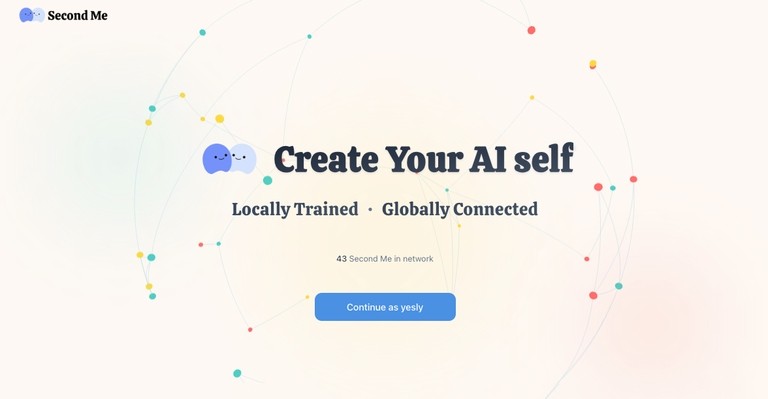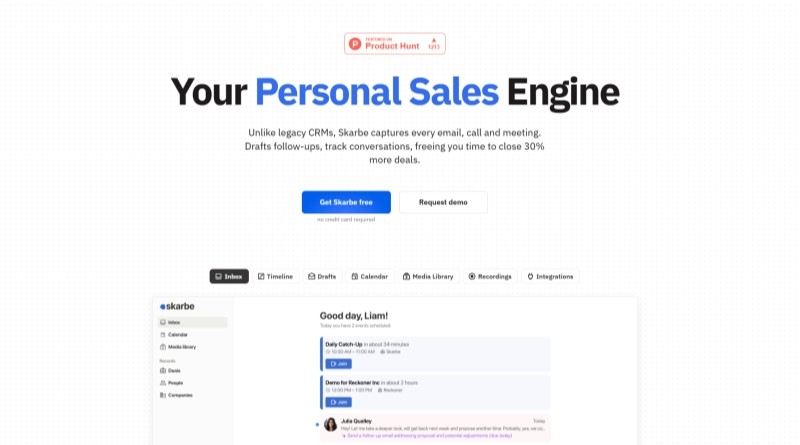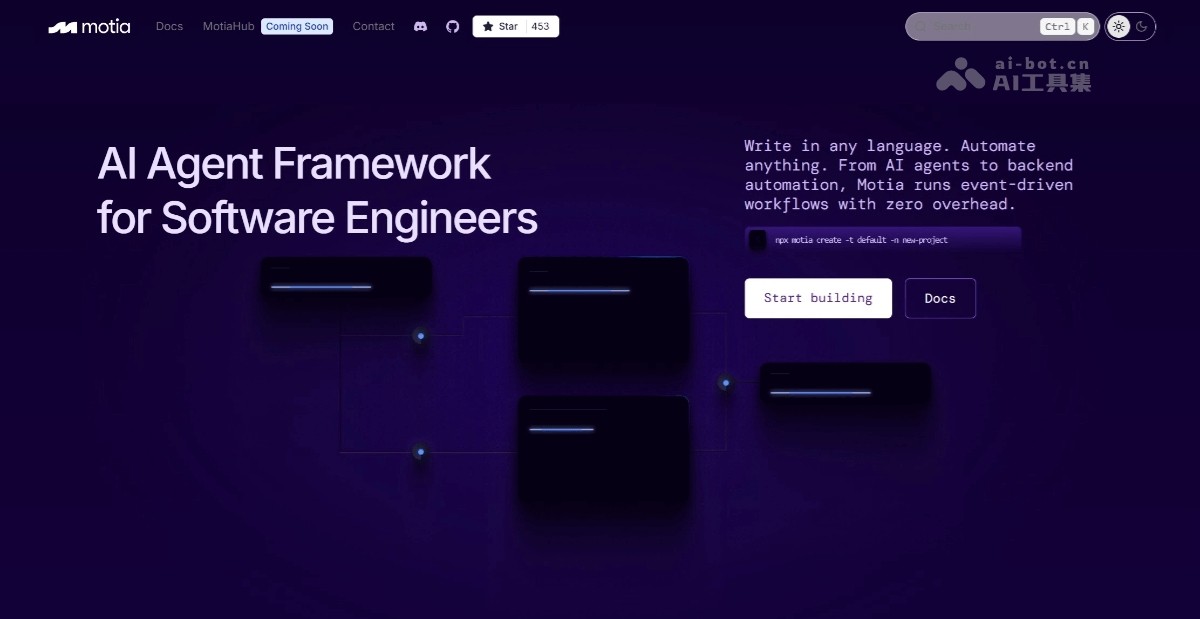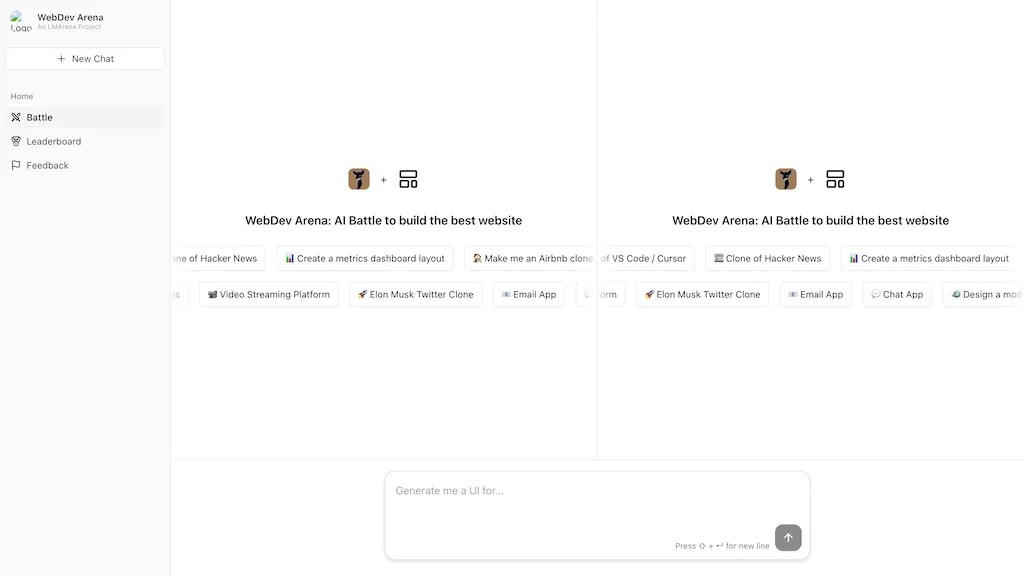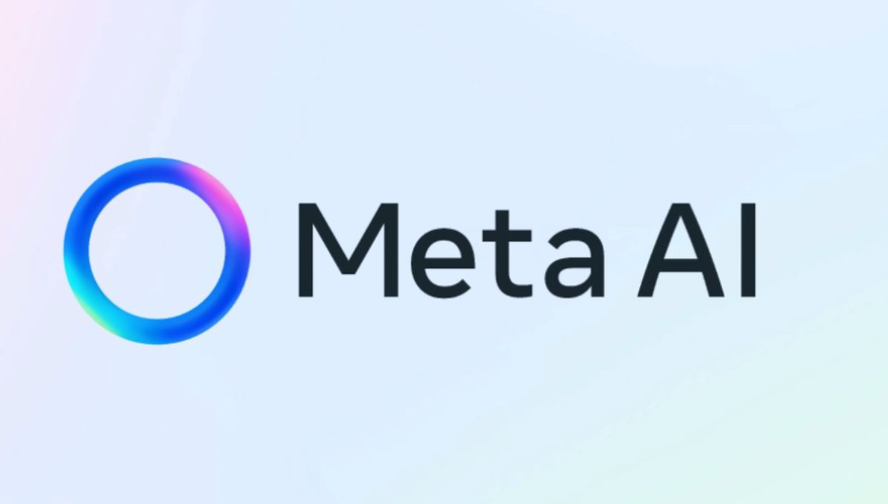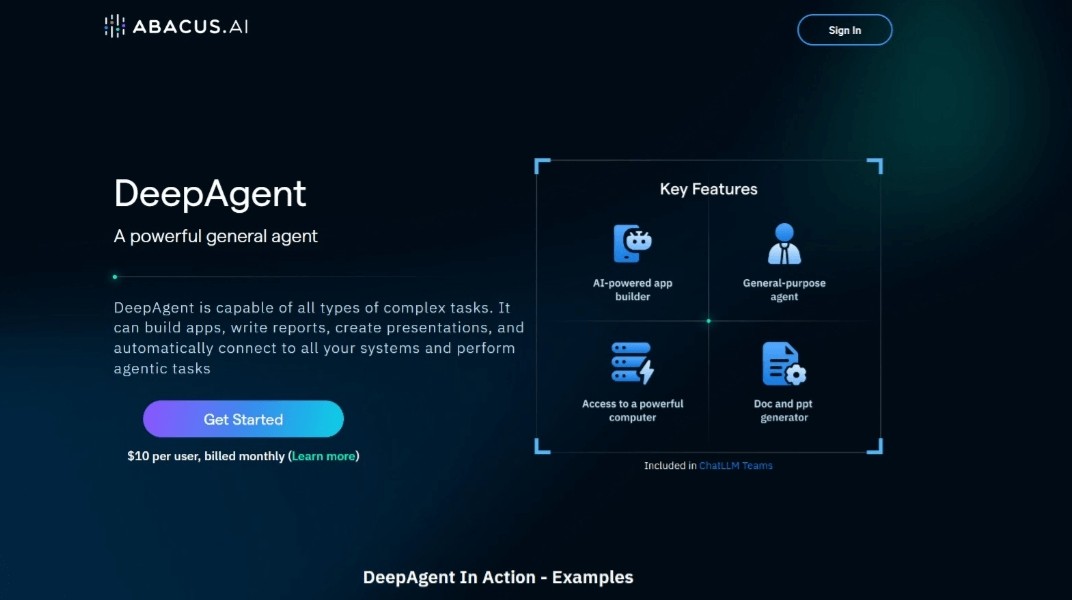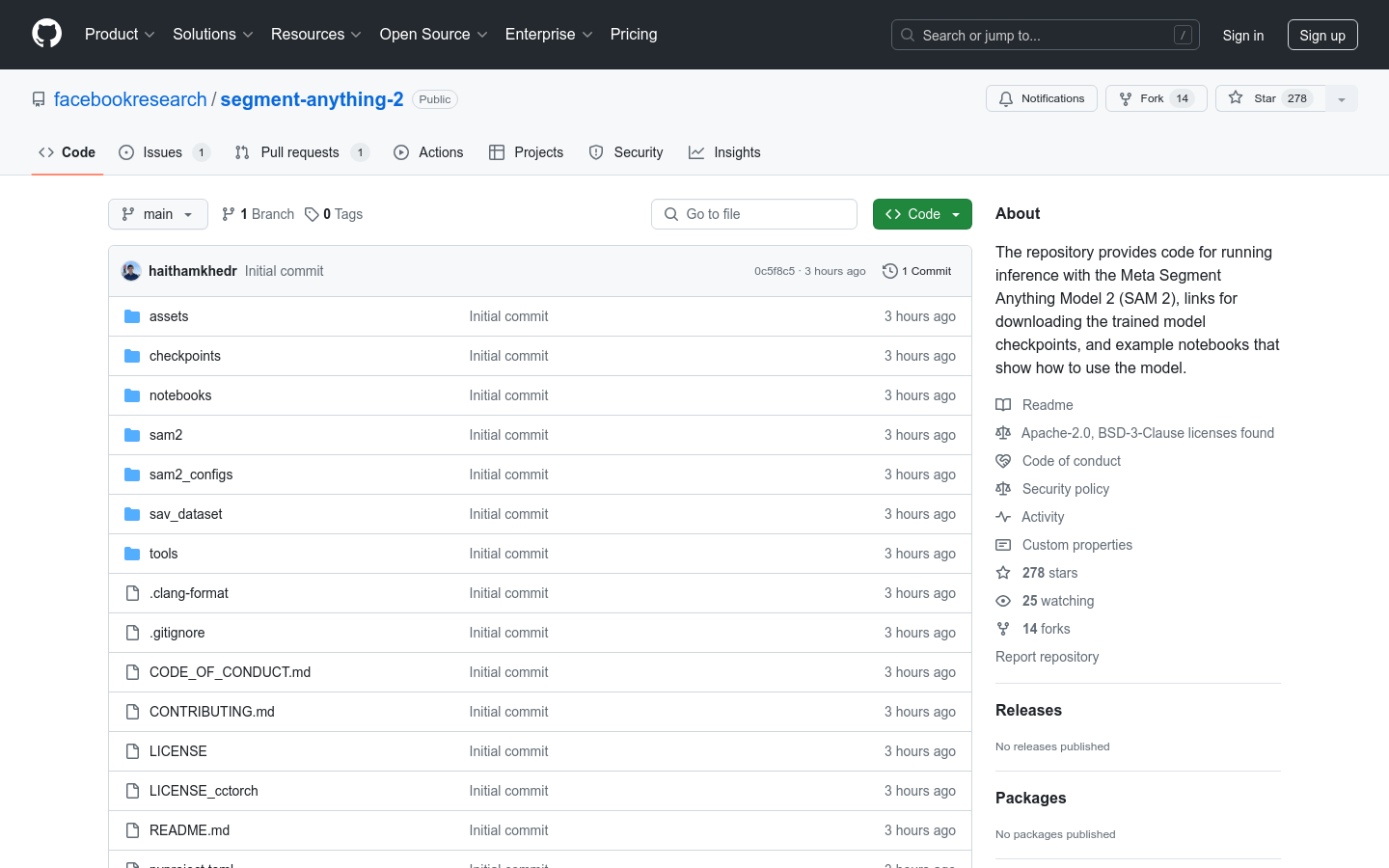
What is SAM 2?
SAM 2 is a visual segmentation model developed by Meta’s AI research division FAIR. It uses a transformer architecture and streaming memory design to enable real-time video processing. This model incorporates a cycle data engine that interacts with users, helping to build one of the largest video segmentation datasets called SA-V. SAM 2 has been trained on this dataset, providing strong performance across various tasks and visual domains.
Who Can Benefit from SAM 2?
Researchers and developers working on image and video segmentation can benefit from SAM 2, especially those who require real-time video processing capabilities. Its robust performance and ease of use make it an ideal choice for these applications.
Example Scenarios
Conduct academic research using SAM 2 for image segmentation.
Integrate SAM 2 into video editing software for automated object segmentation.
Utilize SAM 2 for visual data processing in autonomous vehicles.
Key Features
Supports both static images and videos for segmentation.
Provides simple API interfaces for image predictions.
Automatically generates masks on images.
Supports video predictions including multi-object segmentation and tracking.
Allows adding prompts in video predictions and propagating masks.
Offers compiled models for improved speed.
Includes detailed installation and usage guides.
Getting Started with SAM 2
1. Clone the SAM 2 repository to your local machine using git.
2. Install necessary dependencies and set up the SAM 2 environment.
3. Download and load the pre-trained model checkpoint.
4. Use the provided API interfaces to perform segmentation predictions on images or videos.
5. Adjust model configurations as needed to optimize performance.
6. Explore examples and conduct experiments using Jupyter Notebooks.
